
Pictures Of The Eight Missing Imperial Eggs Karl Faberge genius Russian
Photos by Peter Macdiarmid/Getty Images. Easter egg hunts end with delightful surprises, and such was the case with the Third Imperial Easter Egg (1887). In March 1964, not knowing that it was a Fabergé egg, it was sold as an objets d'art by Parke-Bernet Galleries in New York for $2,450. Recently, it was learned to be in the possession of an.
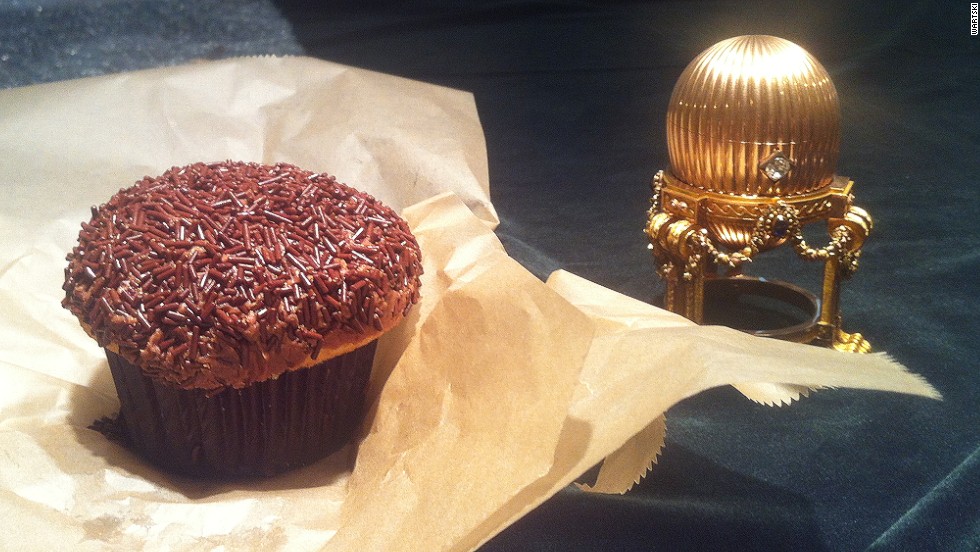
Scrap metal find turns out to be 33 million Faberge golden egg
The Imperial Eggs The celebrated series of 50 Imperial Easter eggs was created for the Russian Imperial family from 1885 to 1916 when the company was run by Peter Carl Fabergé. These creations are inextricably linked to the glory and tragic fate of the last Romanov family.

Imperial Fabergé Easter Egg Found on Bricàbrac Stall
IMPERIAL EASTER EGGS INDEX First Hen Egg (1885) First Fabergé Imperial Egg and a Possible Prototype - Saxon Royal Egg, Collection of Augustus the Strong (1670-1733) (Courtesy Fabergé Museum, St. Petersburg, Russia; Géza von Habsburg) Workmaster: Attributed to Erik Kollin Marks: Unmarked

The Third Faberge Imperial Easter Egg is displayed at Court Jewellers... News Photo Getty Images
Fabergé, whose father Gustav founded the eponymous firm, completed a total of 50 eggs for the royal family, 43 of which are accounted for today. After the first egg he was given creative.
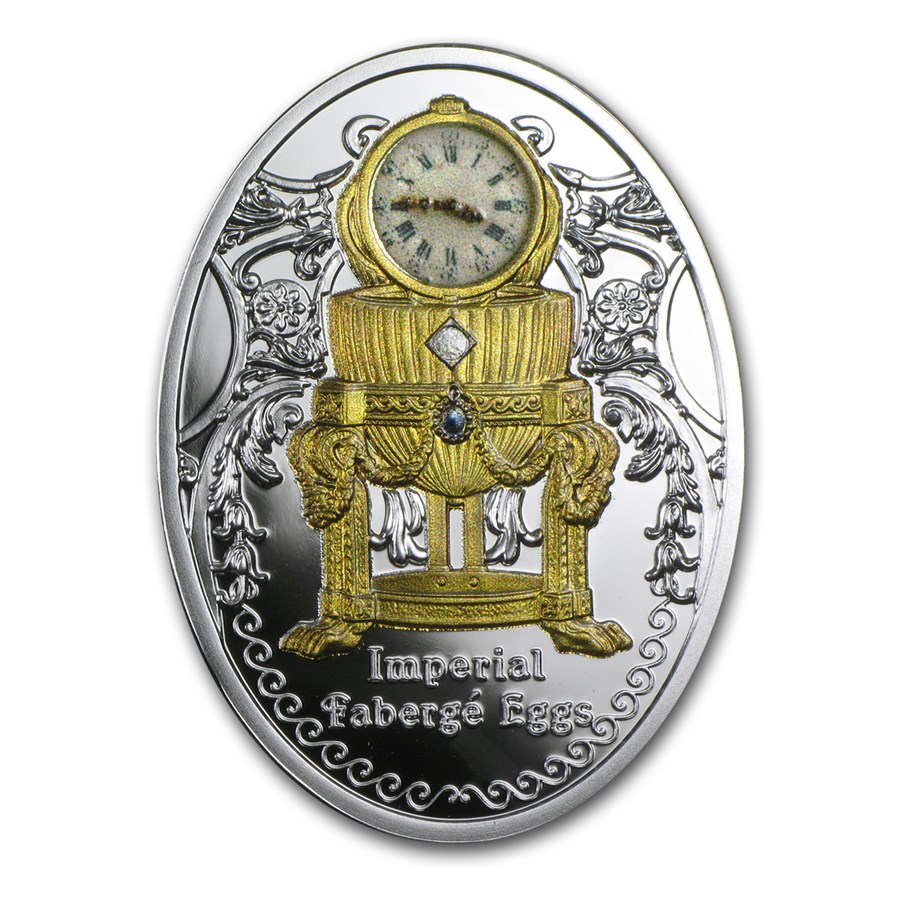
Buy 2015 Niue Silver Imperial Faberge Eggs Third Imperial Egg APMEX
Published on May 13, 21 Fabergé egg auctions in history: the Third Imperial Egg. Image from Hodinkee. At first, Fabergé eggs were only intended for Russian royalty. Tsar Alexander III became so enamored with them that he insisted on giving one to his wife every Easter until he died in 1894.

How the World’s Most Expensive Easter Egg Ended Up in a US Flea Market Observer
When the Bolsheviks seized St. Petersburg in 1917, the three-century-long Romanov rule came to a brutal end. The Imperial family was imprisoned and later executed, leaving behind their 50 Fabergé eggs, created between 1885 and 1916. The Fabergé family were forced to flee Russia after the nationalization of the House of Fabergé, marking the.
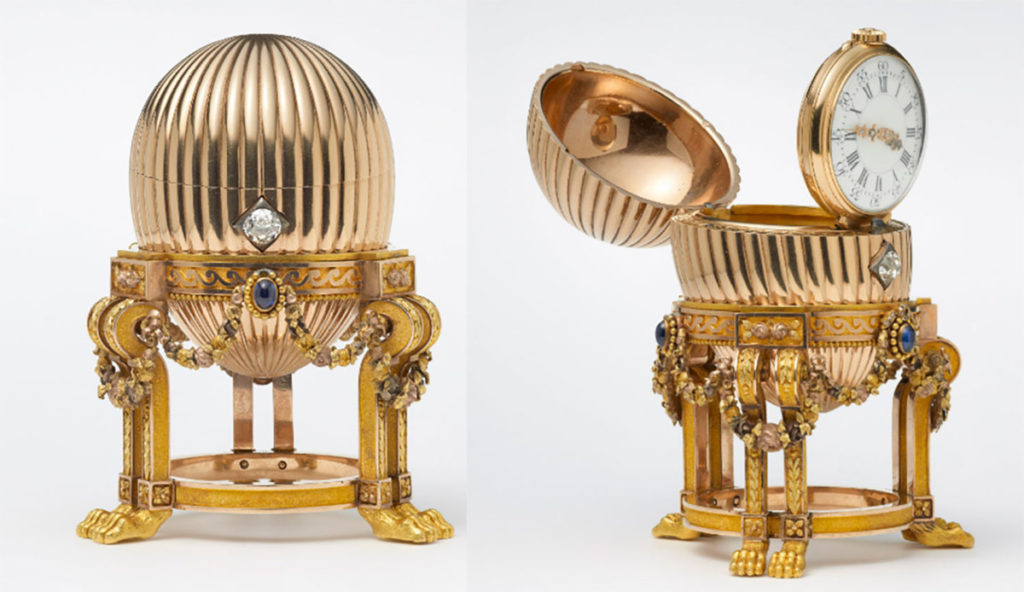
Nine Facts About Fabergé Eggs Jewellery Discovery
17 Nov 2021 @SarahRoller8 Twelve Monograms, 1895 Fabergé Easter Egg, at the Hillwood Museum & Gardens. Image Credit: ctj71081 / CC The Russian Tsars had long had a tradition of giving jewelled Easter eggs. In 1885, Tsar Alexander III gave his wife, Maria Feodorovna, a particularly special jewelled Easter egg.

Pin on Fabergé Eggs
The Third Imperial Fabergé Egg, one of 50 lavishly decorated Easter eggs owned by the Russian royal family in the 19th century, was rediscovered by a scrap metal dealer who bought it in the.
/https://tf-cmsv2-smithsonianmag-media.s3.amazonaws.com/filer/6f/4e/6f4e607a-f8e2-4106-a073-7f33afa89e7b/third_imperial_easter_egg_at_wartski_.jpg)
Where to See the Fabled Fabergé Imperial Easter Eggs Travel Smithsonian Magazine
In 1885, Czar Alexander III commissioned 38-year-old Carl Faberge and his St. Petersburg family jewelry business to produce a surprise Easter gift for his wife, Empress Marie Fedorovna. Fabergé.

Faberge's Third Imperial Egg A Unique History — Ping Pong Ring
Imperial Egg Discoveries (After 2008 they are published in the FRS Newsletter, see the Index, and a complete list of the eggs is available in the Imperial Egg Chronology .) The Rediscovery of the Serpent Egg Clock The Fabergé Imperial Easter Eggs: New Discoveries Revise Timeline The Big Surprise The Missing Nécessaire Egg

Faberge's Third Imperial Egg A Unique History — Ping Pong Ring
The third lost egg is known as the "Nécessaire" egg and was created by Fabergé a year later, in 1889. This egg is more completely documented and we are able to piece together what it looked like.. However, he was shocked to discover it was the 1887 Fabergé Imperial egg worth a reported $33 million. Surely these eggs, too valuable to.

The Third Imperial Egg, House of Fabergé, 1887 Faberge eggs, Faberge, Eggs
For a few minutes, I am in physical possession of Peter Carl Fabergé's Third Imperial Easter Egg. The jewelled eggs that Fabergé was commissioned to make as Easter presents for the Russian royal family between 1885 and 1917 are among the most valuable ornaments in the world. They are icons of Imperial splendour, symbols of the Tsars.

Pictures Of The Eight Missing Imperial Eggs / Scrap metal dealer discovers £20million Faberge
8.2 cm. Third Imperial Egg is a Gold, Diamonds and Vitreous Enamel Decorative Artwork created by Peter Carl Fabergé from 1886 to 1887. It lives in a private collection. The image is used according to Educational Fair Use, and tagged Time and Decorative Artwork. Source See Third Imperial Egg in the Kaleidoscope. This third Imperial Easter egg.
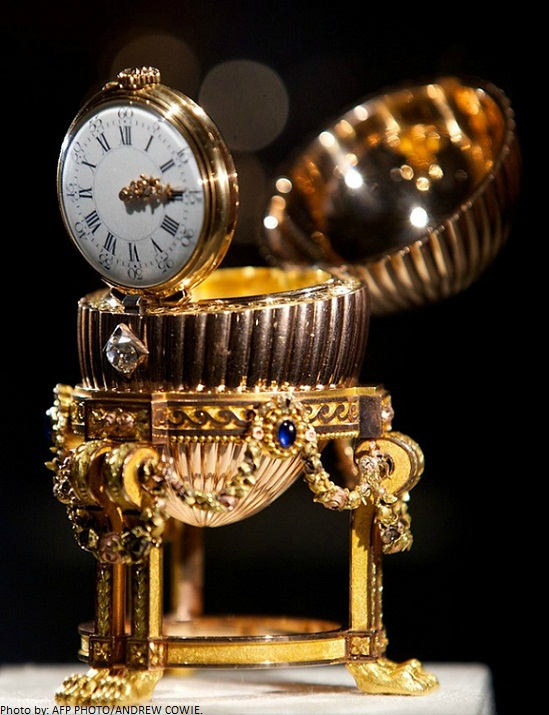
Interesting facts about Faberge eggs Just Fun Facts
A Fabergé egg ( Russian: яйцо Фаберже, romanized : yaytso Faberzhe) is a jewelled egg created by the jewellery firm House of Fabergé, in Saint Petersburg, Russia. As many as 69 were created, of which 57 survive today. Virtually all were manufactured under the supervision of Peter Carl Fabergé between 1885 and 1917.

Imperial Fabergé Easter Egg Found on Bricàbrac Stall
Breaking the rule was the key to the famous discovery of the no-longer-missing Third Imperial Egg (1887 [1]) authenticated in 2014 by Kieran McCarthy (Joint Managing Director of Wartski, the renowned Fabergé dealer in London).This egg would not have been found unless Jeffrey Eger, a dealer of antique auction catalogues, had not broken the rule stating that he would not sell us catalogues with.
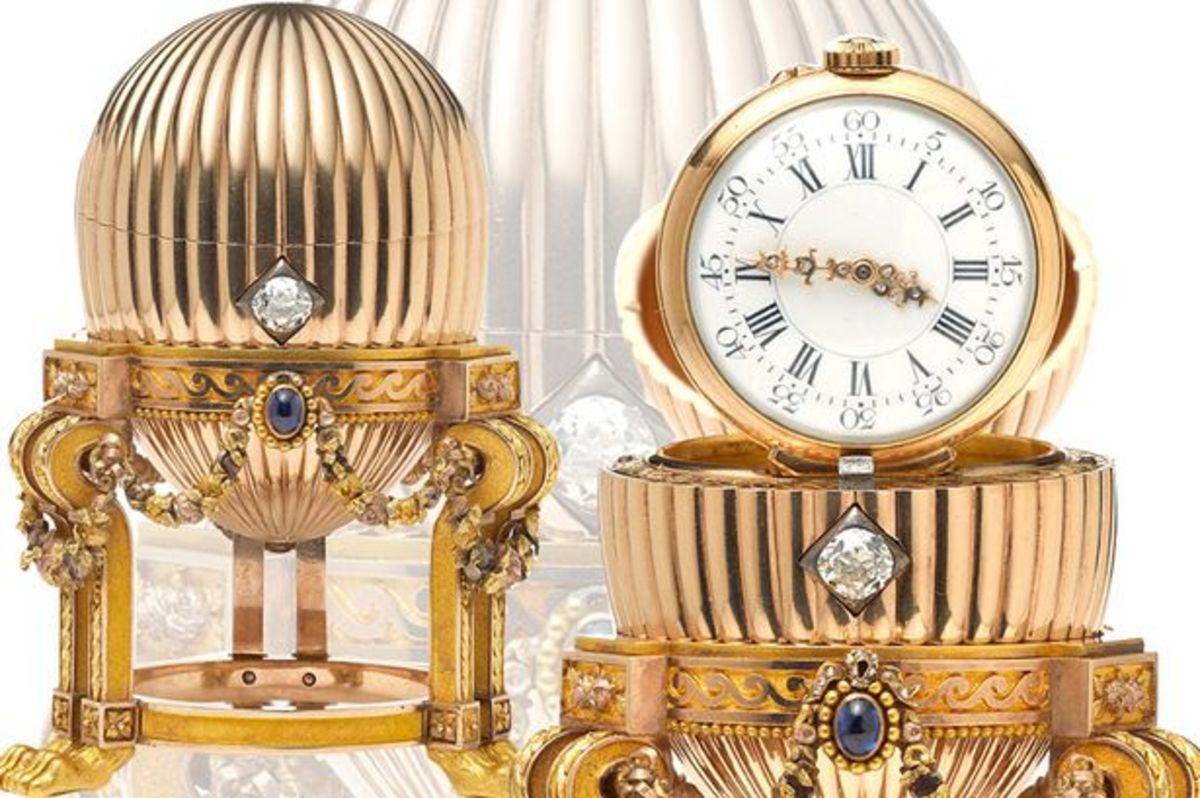
Faberge The Most Magnificent Easter Eggs HubPages
Scene When A Golden Goose Drops A Nest Egg: Expensive Fabergé Eggs Don't poach these egg-ceptional treasures. by Updated on November 6, 2023 The price of eggs might be rising in your local supermarket, but they don't compare to the creations from the House of Fabergé jewelry firm.